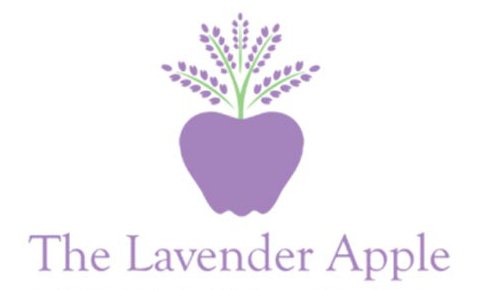Caring for your apple trees, part 2
Ok, time to finish up our 2 part post regarding caring for your apple trees. Our vintage trees here are the farm are obviously very old and set in their ways. But when you are first starting out or have younger trees, its ideal to do some apple tree training with them.
What is apple tree training? You simply tie the branches together to help the tree keep its shape and maintain good health. The practice of training an apple tree actually takes many years. A caregiver should look at an apple tree's trunk then try to create an arrangement of limbs (growing outward from the trunk) that have plenty of room to expand. Many farmers train their apple trees so that the branches are longer on the bottom and shorter at the top of the tree. This makes sure each and every branch is able to receive sunlight. As an added benefit, this adds to the beauty of the tree as well.
One other item to consider when you are growing apple trees is making sure you keep an eye out for any diseases that can effect your orchard. We have been lucky to escape any problems like this over the years. Sometimes mildew can form on the leaves of an apple tree. This mildew looks like a white powder on the leaves. This happens when an apple tree is exposed to too much dampness or humidity. Proper pruning as discussed in our prior post can help in the prevention this. Apple scab is another disease we've heard can effect your apple crop. The disease gets its name because of the scabs that are often discovered on the surface of the apples themselves. Dark spots also appear on the tree's leaves. Once again, areas with a lot of dampness can contribute to the development of this disease. As long as your trees get ample light and sunshine, you should be protected from this problem.
Finally you will reach the harvest. Its the best part. We wait to harvest our apples until after the first frost of the fall. Ripe apples have a firm exterior as well as a crisp texture. You may be tempted to harvest as soon as you see apples begin to fall to the ground, but you will want to wait. Fallen apples that are rotting should be cleared away so they don't attract bugs or other animals. Once you harvest your apples, you will want to store them in a cool dry spot. We love pressing ours into cider and of course making all sorts of pies and treats. We look forward to sharing many recipes with you here when harvest time comes!
What is apple tree training? You simply tie the branches together to help the tree keep its shape and maintain good health. The practice of training an apple tree actually takes many years. A caregiver should look at an apple tree's trunk then try to create an arrangement of limbs (growing outward from the trunk) that have plenty of room to expand. Many farmers train their apple trees so that the branches are longer on the bottom and shorter at the top of the tree. This makes sure each and every branch is able to receive sunlight. As an added benefit, this adds to the beauty of the tree as well.
One other item to consider when you are growing apple trees is making sure you keep an eye out for any diseases that can effect your orchard. We have been lucky to escape any problems like this over the years. Sometimes mildew can form on the leaves of an apple tree. This mildew looks like a white powder on the leaves. This happens when an apple tree is exposed to too much dampness or humidity. Proper pruning as discussed in our prior post can help in the prevention this. Apple scab is another disease we've heard can effect your apple crop. The disease gets its name because of the scabs that are often discovered on the surface of the apples themselves. Dark spots also appear on the tree's leaves. Once again, areas with a lot of dampness can contribute to the development of this disease. As long as your trees get ample light and sunshine, you should be protected from this problem.
Finally you will reach the harvest. Its the best part. We wait to harvest our apples until after the first frost of the fall. Ripe apples have a firm exterior as well as a crisp texture. You may be tempted to harvest as soon as you see apples begin to fall to the ground, but you will want to wait. Fallen apples that are rotting should be cleared away so they don't attract bugs or other animals. Once you harvest your apples, you will want to store them in a cool dry spot. We love pressing ours into cider and of course making all sorts of pies and treats. We look forward to sharing many recipes with you here when harvest time comes!


